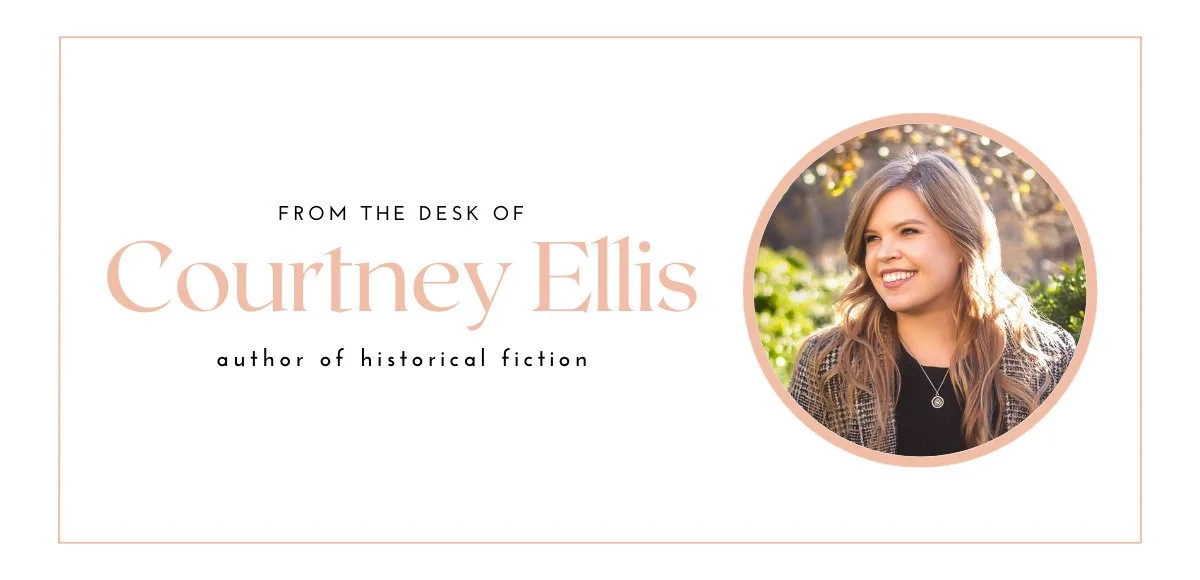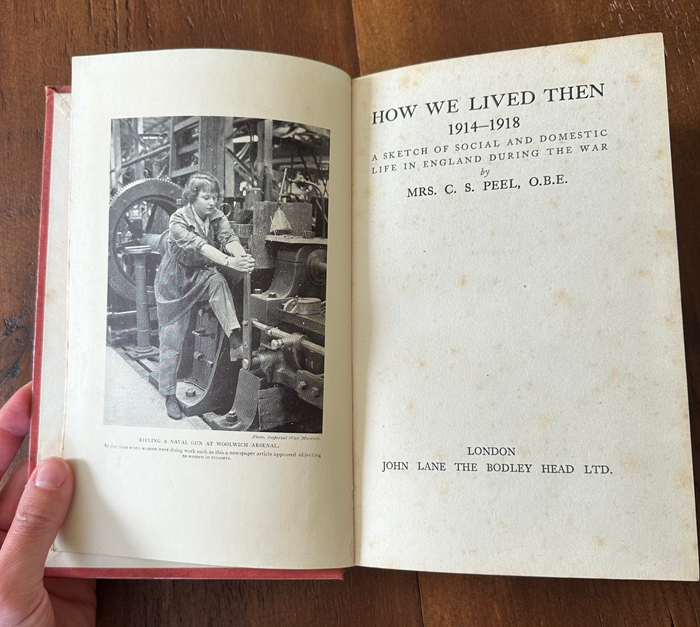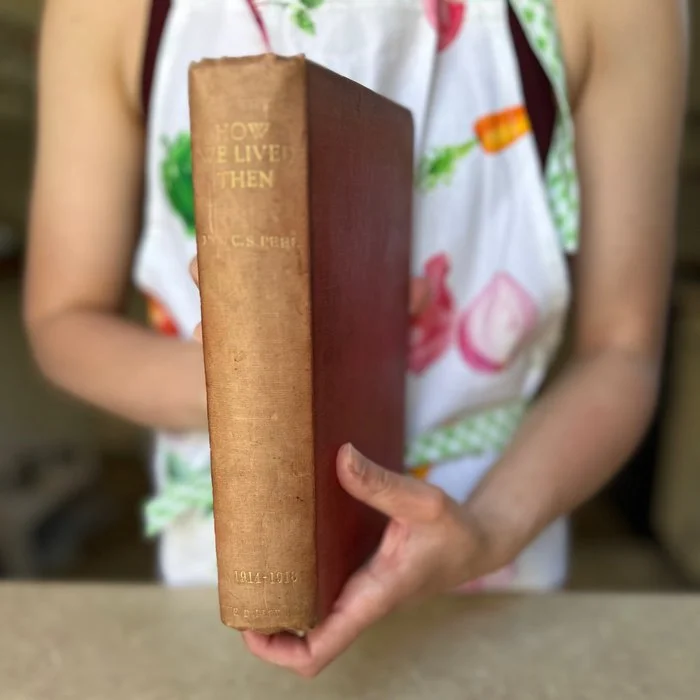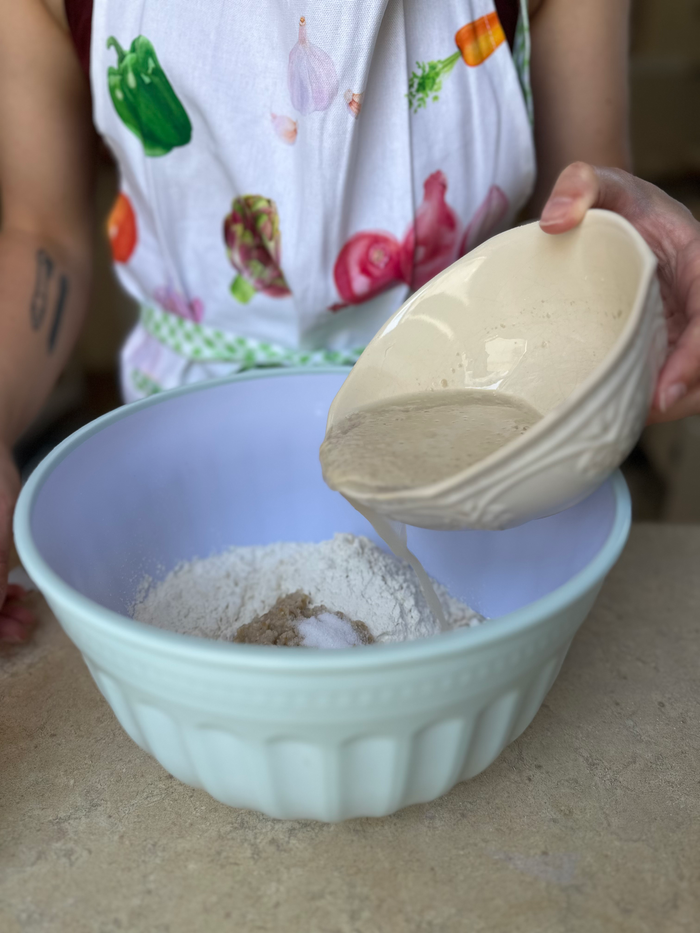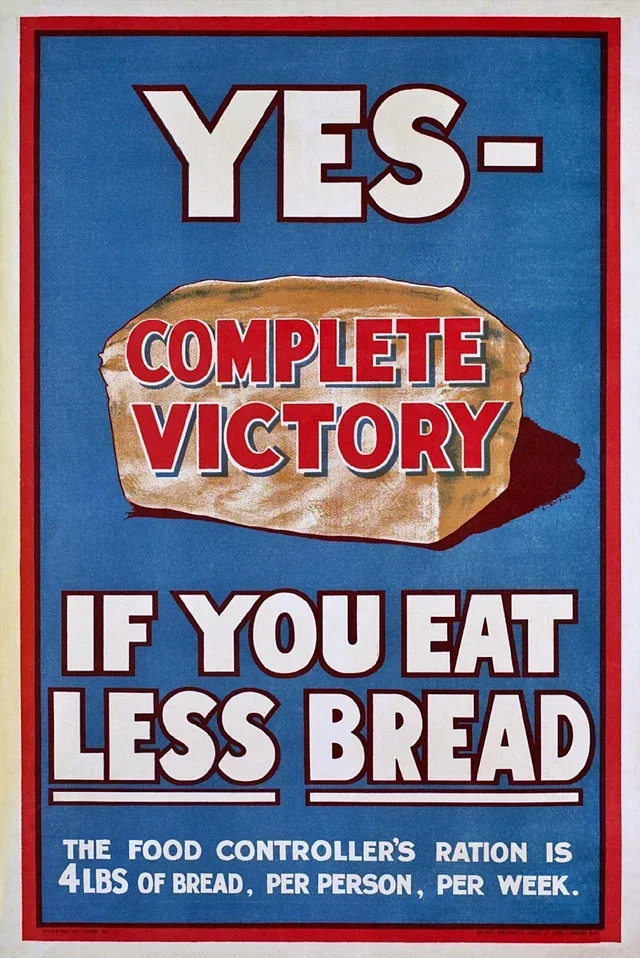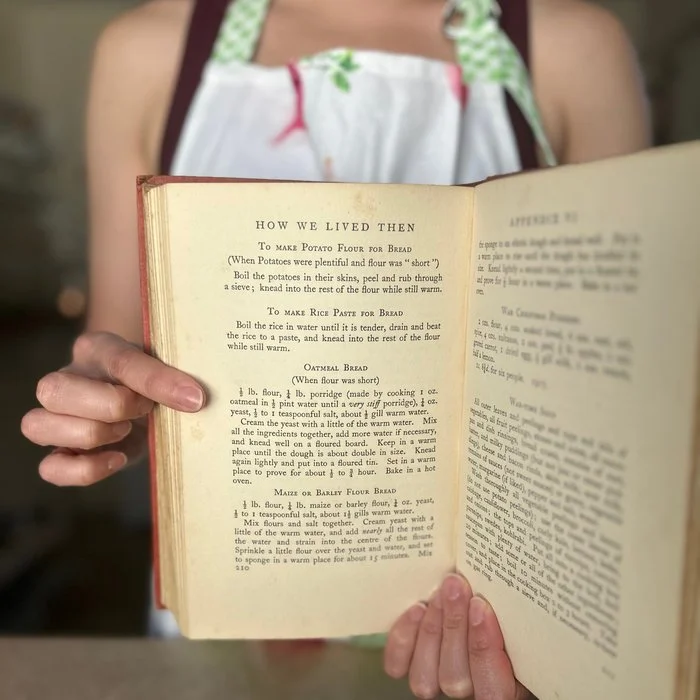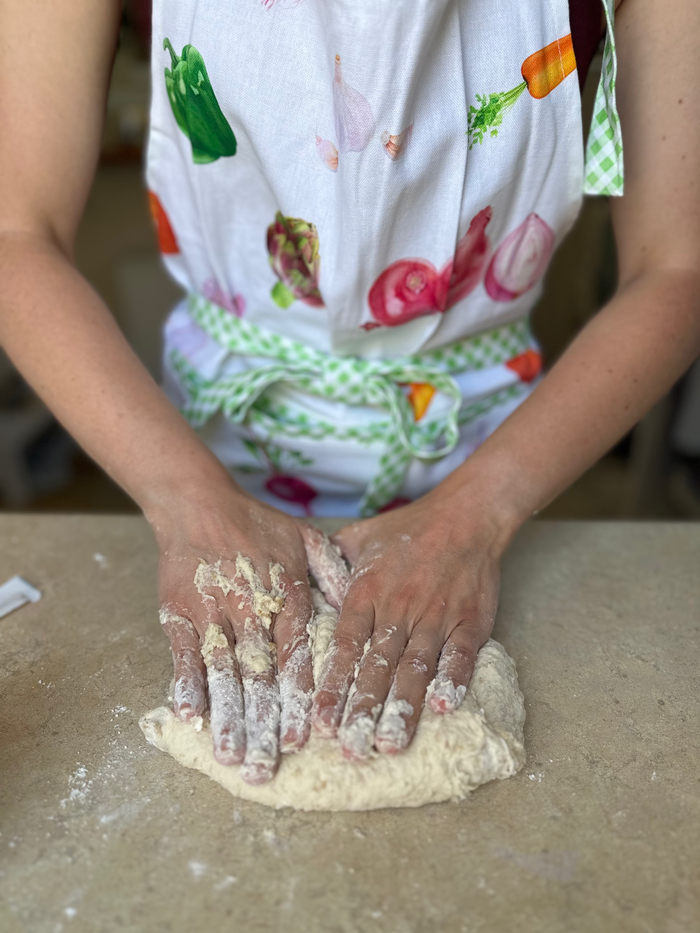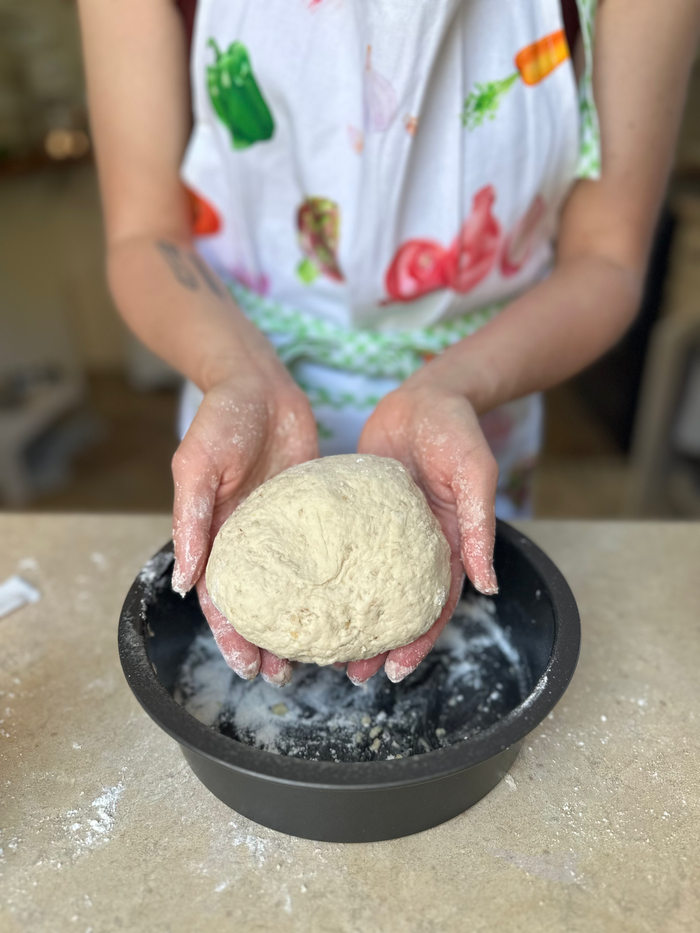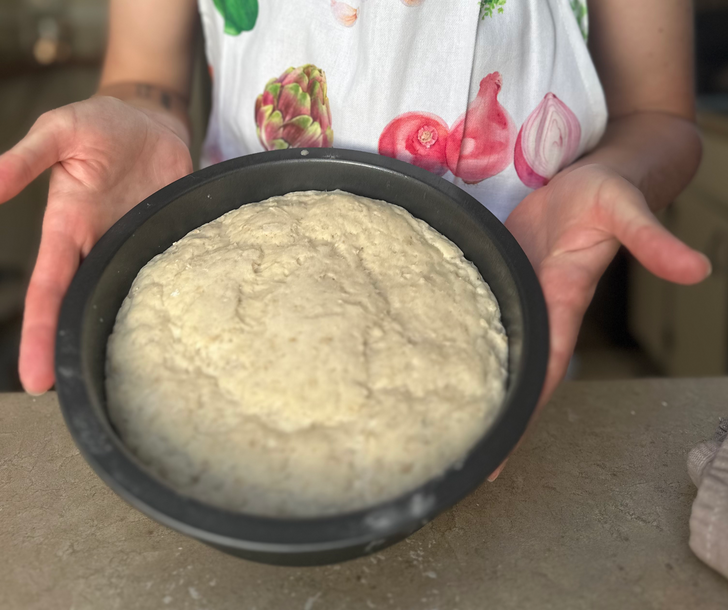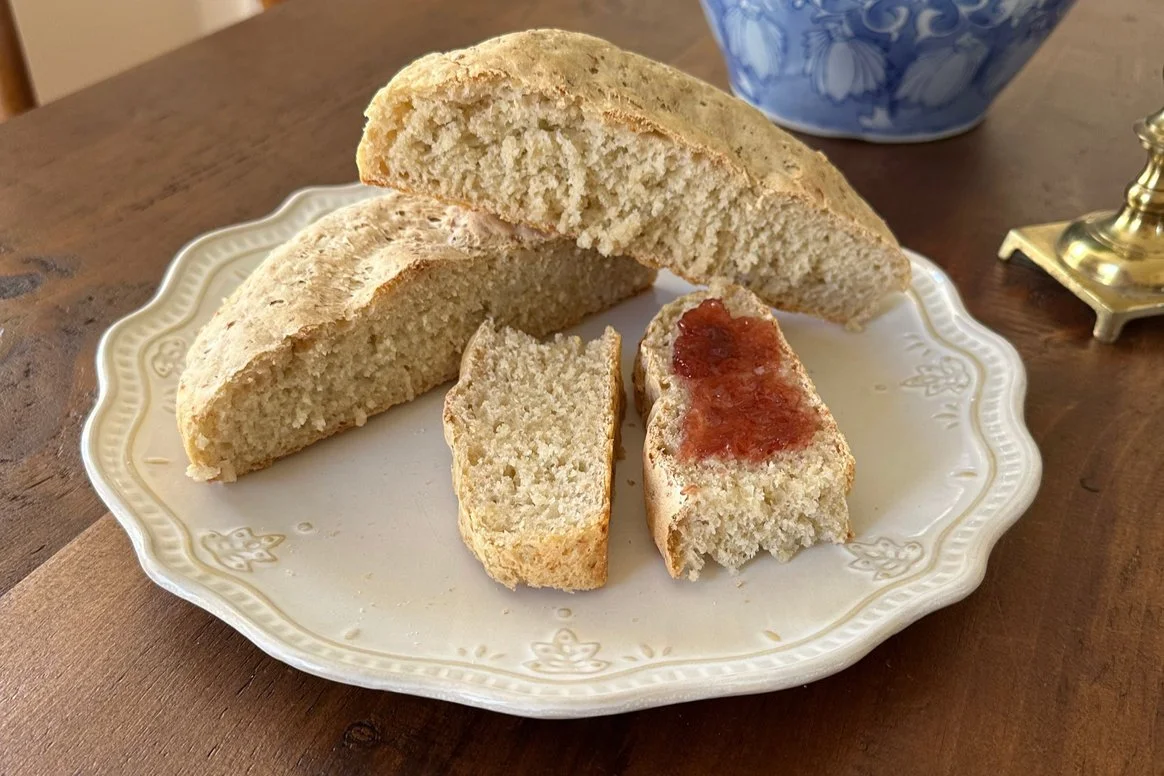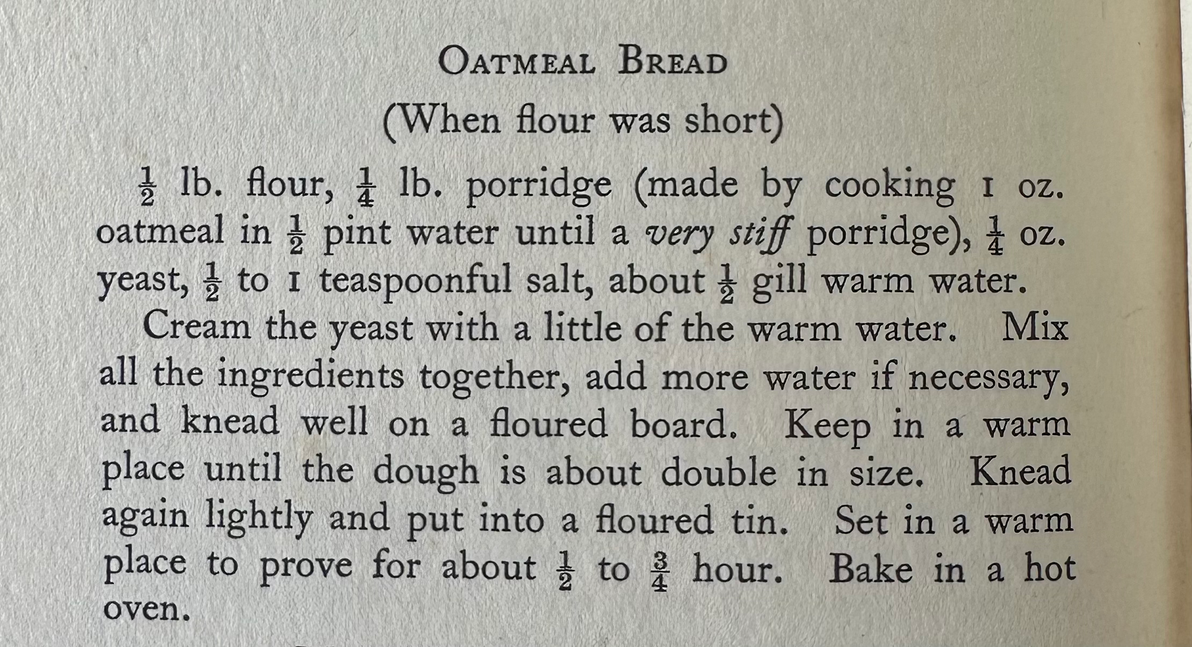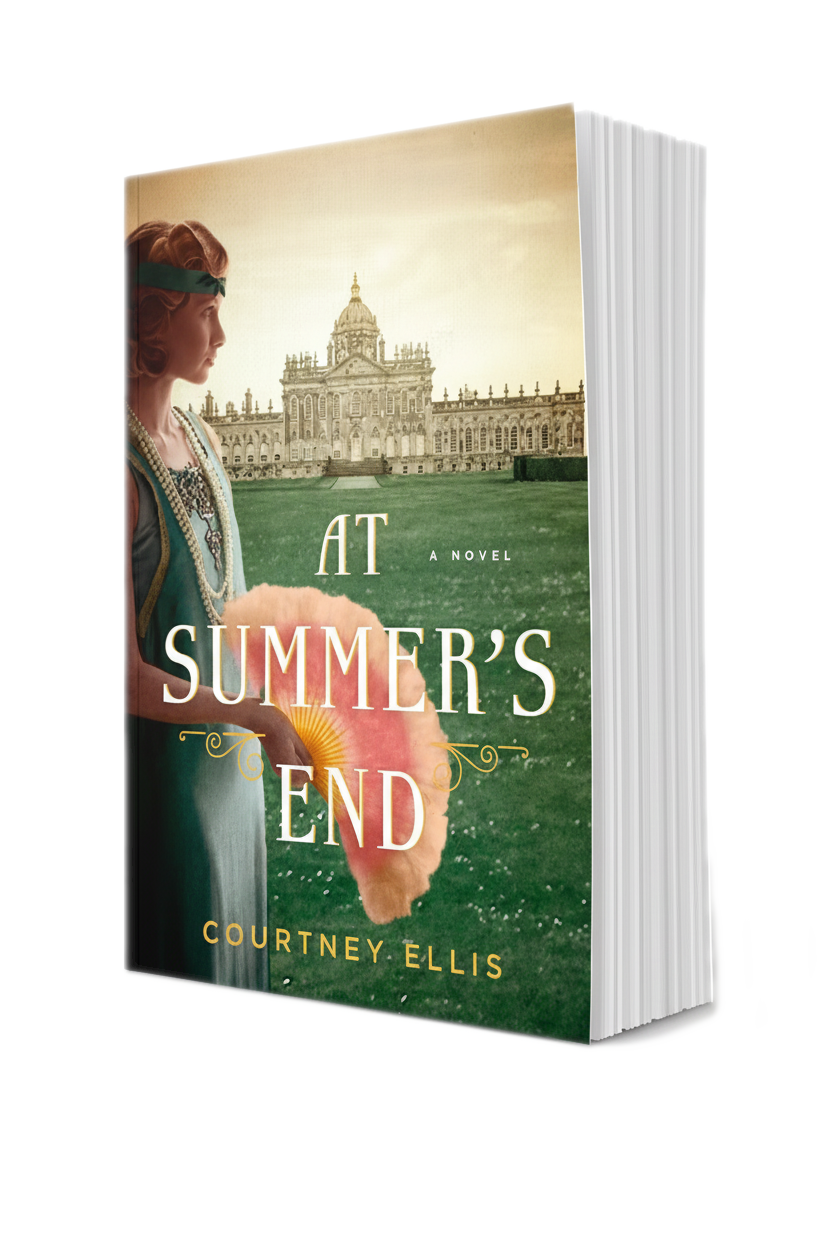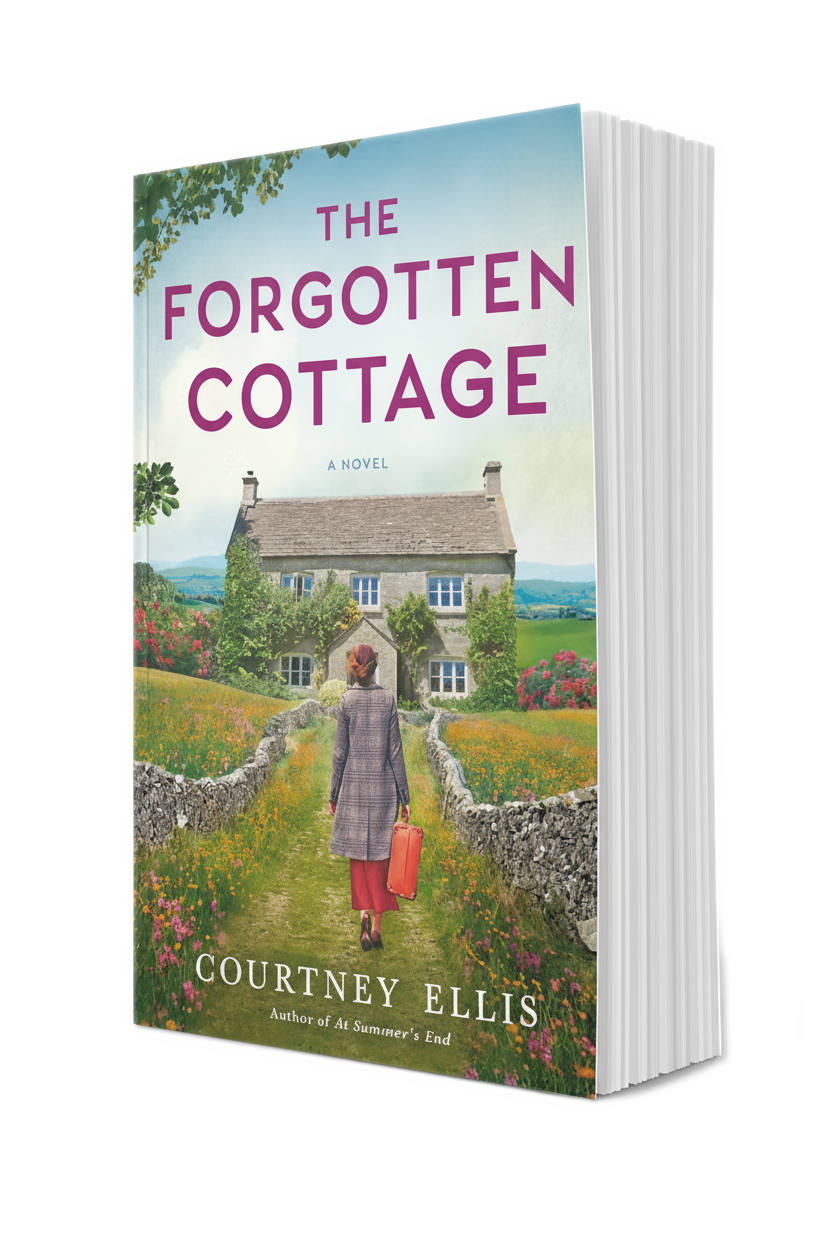
October 2025
Happy Autumn!
It's my favorite time of the year. The leaves are changing, sweaters are out of storage, and I'm craving soup and warm, fresh bread…. (We'll come back to that.)
Things have been a little crazy around here. For the last few months, I've been waking up at 6am to write for three hours before clocking in for my day job. After work, I switch into research mode, and read until my eyes ache. Weekends are spent catching up on laundry, dishes, and anything else I've been ignoring all week.
With this new schedule, I was making good progress on a new project when the revision notes for Flyweight arrived from my editor. Ah! My head was spinning. I even started to dream about Word documents. I clearly needed to step away and unwind. So, what relaxing activity did I choose to pursue? Baking. Something that has historically caused me as much stress as I feel while watching cakes collapse on The Great British Bake Off.
It all started because of my addiction to online shopping for rare, out of print books that were written during or shortly after the First World War. These documents provide first-hand accounts and insights that contemporary history books can't match. I think it's important to preserve these texts, and I always feel a special connection to the previous readers when I hold them in my hands.
One of my recent purchases was originally published in 1929. How We Lived Then 1914-1918, by Mrs. C.S. Peel, is a brief but detailed record of how everyday life in England changed during the war, from what they ate to how they dressed, and everything in between. When writing a historical novel, this information is incredibly useful. The book's appendix included wartime recipes that were originally distributed by the British Ministry of Food, and I had to try one of them out.
While rationing wasn’t introduced to the British public until 1918, blockades and submarine attacks meant that imported goods quickly became limited, and the retail cost of food soon doubled. In an effort to combat wheat shortages, the Ministry of Food, which had come into being in 1916, launched campaigns to encourage citizens to “Eat Less Bread!”, ignoring the fact that the diet of working class people consisted mostly of bread, with meat having been a luxury even in peace time. Whether because of scarcity or expense, working class women who already struggled to afford to feed their families were forced to try recipes that promoted alternatives like margarine, barley flour, and oatmeal.
I decided to tackle the oatmeal bread, as the short list of ingredients was easily obtainable. There was just one problem: Ovens in 1917 didn’t have temperature control. Heated with either gas or coal, cooking could be uneven and precarious. My recipe simply told me to place the bread in a “hot oven”. Once again, I was reminded of Bake Off, and Paul Hollywood's vague technical challenge instructions. Clearly, I had to do a little bit of further research. (Because I have so much time to spare! Ha, ha.) I came across a website that provided me with everything I needed. At last, it was time to tie my apron strings and get started!
At this point I should probably mention that I've never made yeasted bread before. But I was sure that meeting the task would somehow bring me closer to the women of the era, and therefore lead to an improved sensitivity in my writing. Clinging fiercely to this logic, I proceeded with an unusual level of confidence.
I used a kitchen scale to weigh the ingredients, and took to the the internet again for measurement conversions. (If you're wondering what a "gill" is, it's 1/4 of a pint). I cheated and used microwave quick oats, which I'm quite sure they didn't have in 1917. While kneading, I panicked briefly about the wetness of the dough, but saved it by adding more flour. So much for conserving it!
Thankfully, the dough turned out okay. I set it in a sunny window to rise for about an hour while I mowed the lawn. To my relief, I returned to find it had successfully doubled in size!
It was then time to complete the last step: "Bake in a hot oven." Yup, that's it—no time or temperature. I followed the advice of the website I had found earlier and set my "hot" oven to 425°F. All that was left to do was put the dough in and cross my fingers that it would come out looking like bread. I left it in for about 30 or 35 minutes and....
Ta-da! It worked! When I took it out of the oven, I gave it a little knock on the bottom to confirm it was done. I was a bit worried that it hadn't risen enough, but it didn't affect the flavor. The bread had a lovely thick crust, and the inside was soft with a pleasant chew from the oats. Despite the conversions and the vague instructions, I actually think this recipe was a pretty simple introduction to breadmaking. And it was clearly delicious, because I polished off the loaf in only a couple of days.
I've put the recipe below if you want to give it a try; it might come in handy the next time you find yourself short on flour!
Do you think I should try more historic recipes? With the holidays approaching, I'm quite intrigued by the idea of "war-time Christmas pudding". For now, I better get back to editing. Hopefully, my nice carby snack provided me with the energy I need to get this draft of Flyweight done!
Until next time,
Courtney
💌 P.S. To make sure you don't miss any of my newsletters, please add my email address to your contacts list - courtneyellis@courtney-ellis.com - or simply drag this email into your Primary inbox. Thanks!
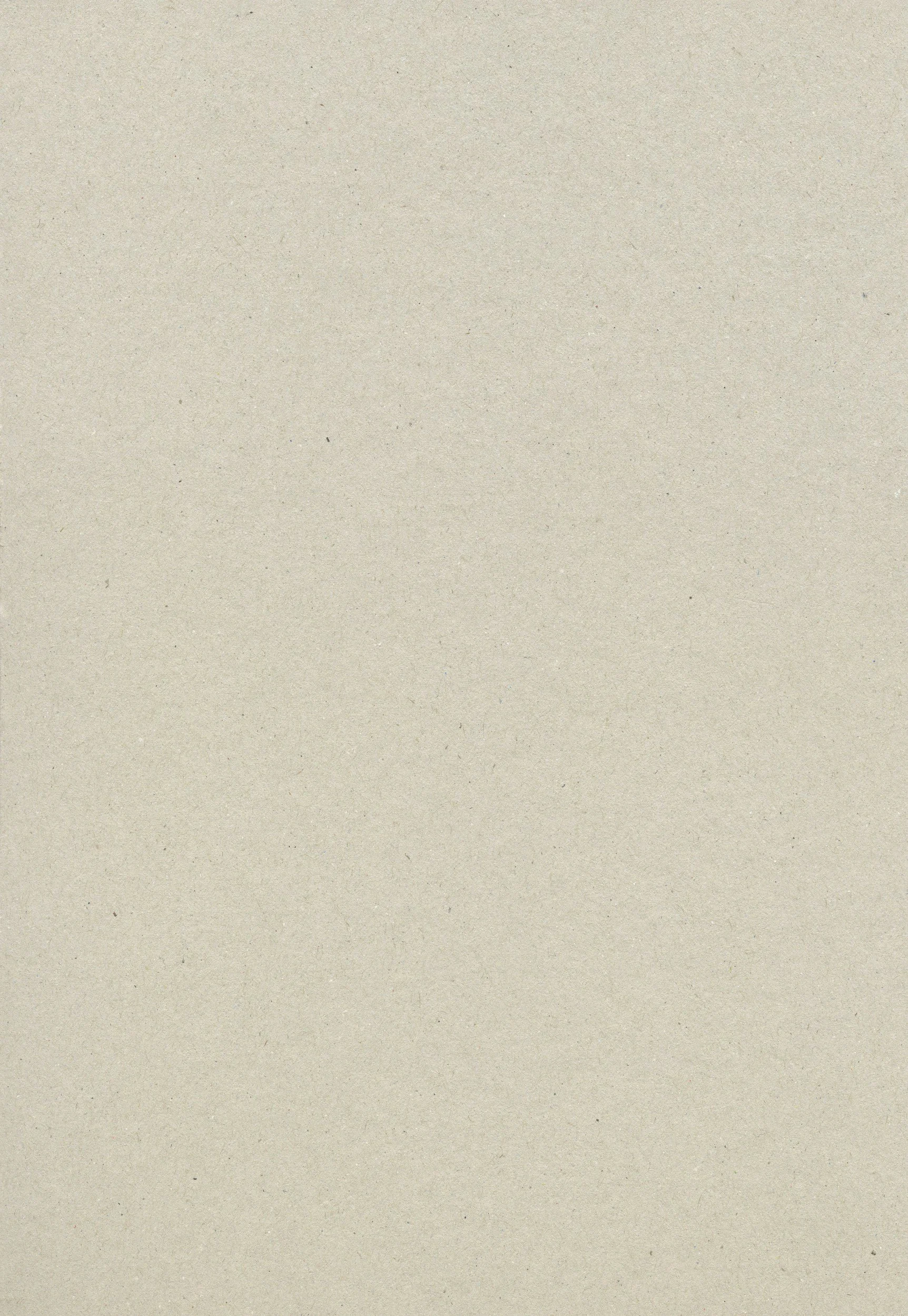
Newsletter Archive
Below you can find a list of previous months’ newsletters.
2025
September
August
July
June
May
April
March
February
January
2024
December
November
October
September
August
July
June
May
April
March
February
January

